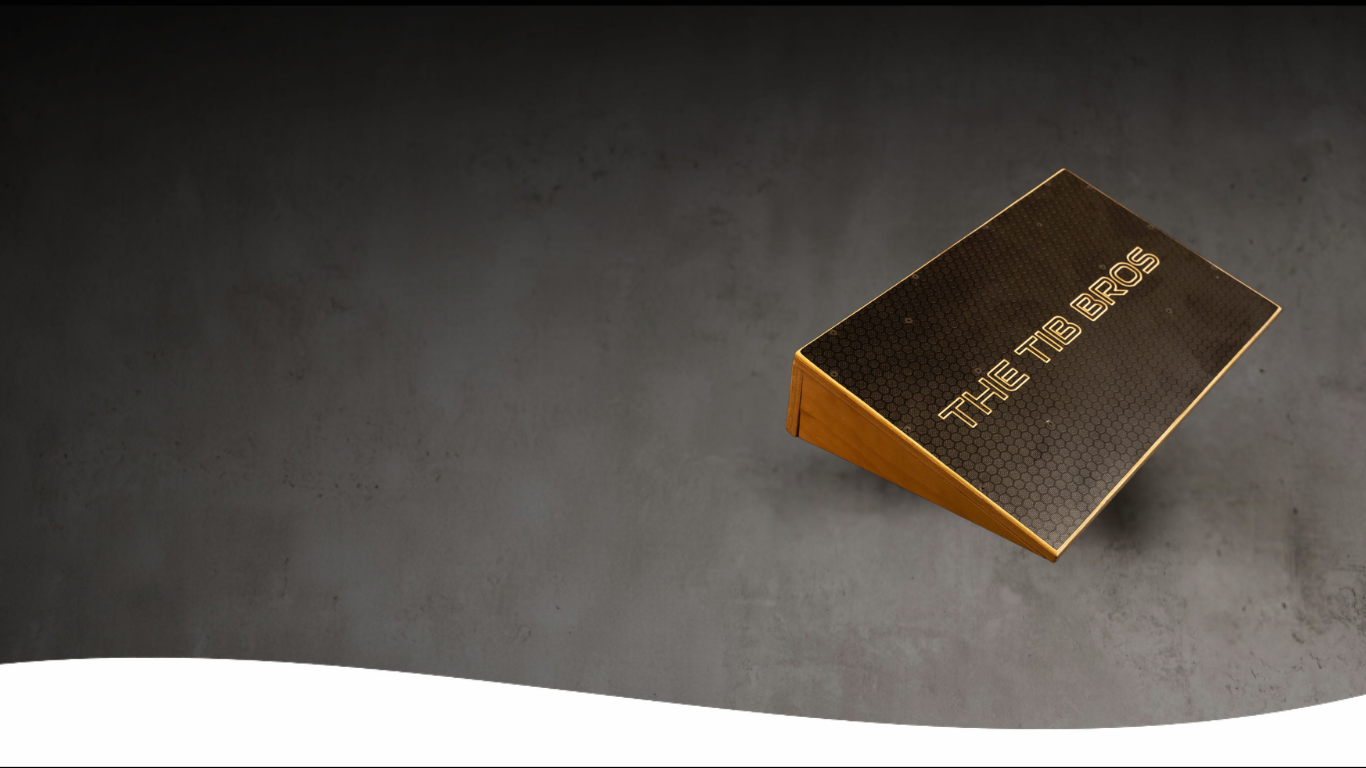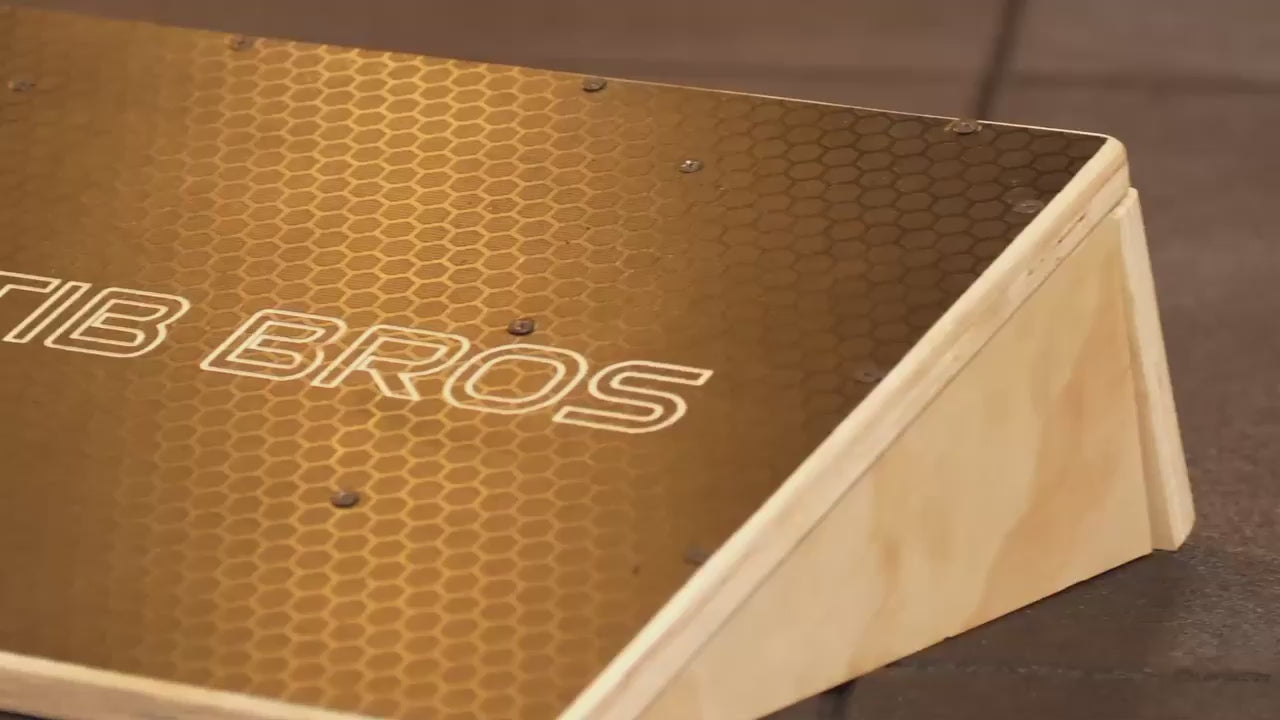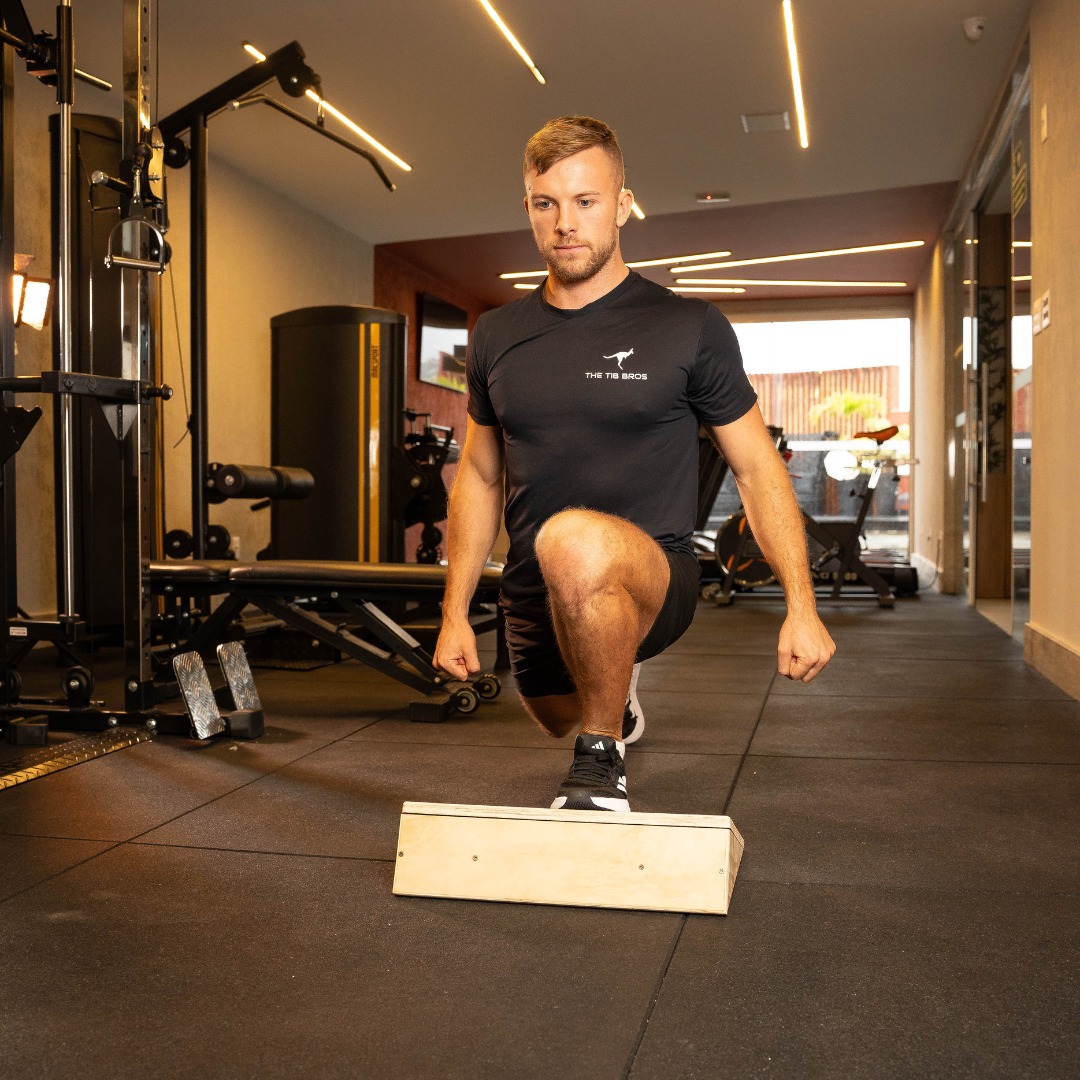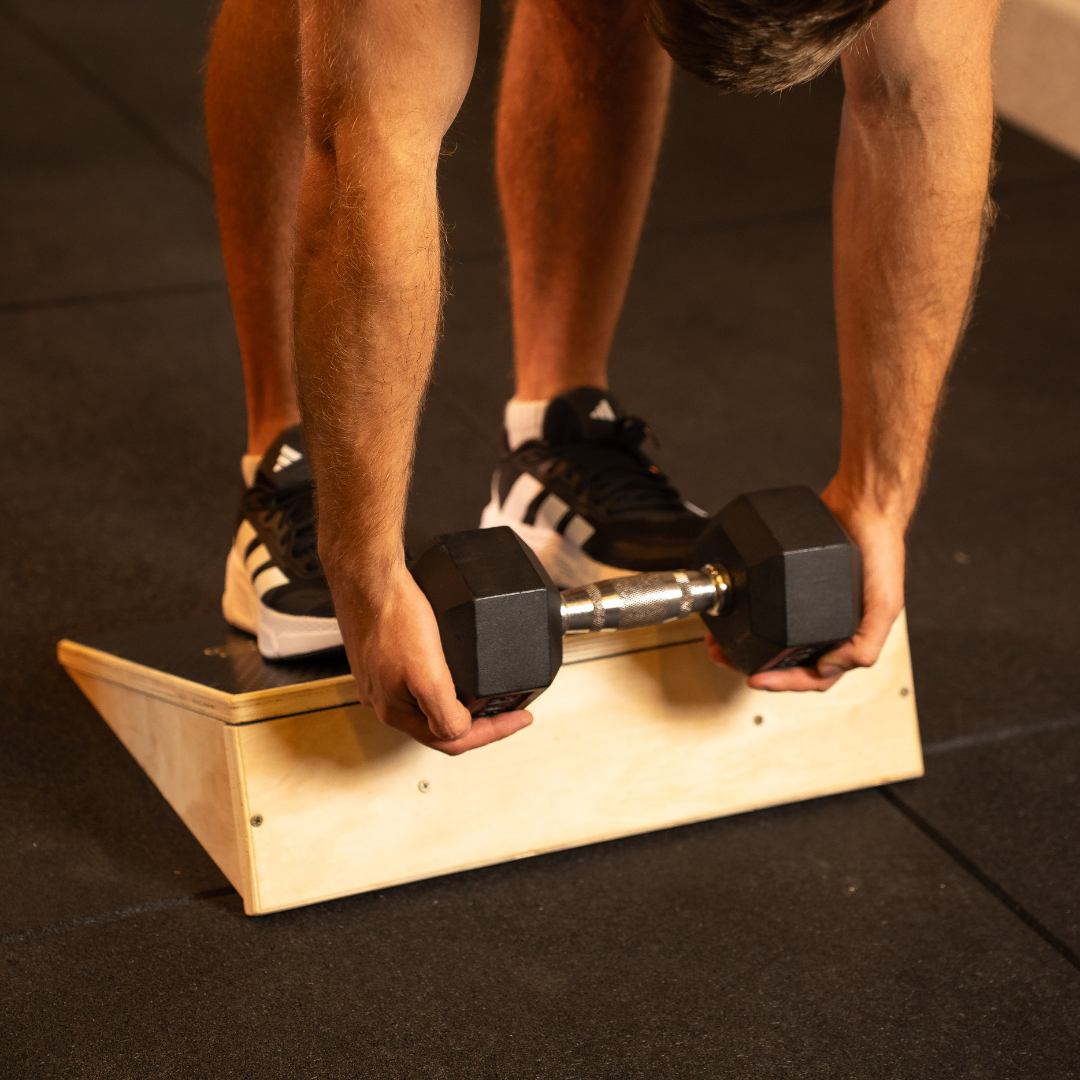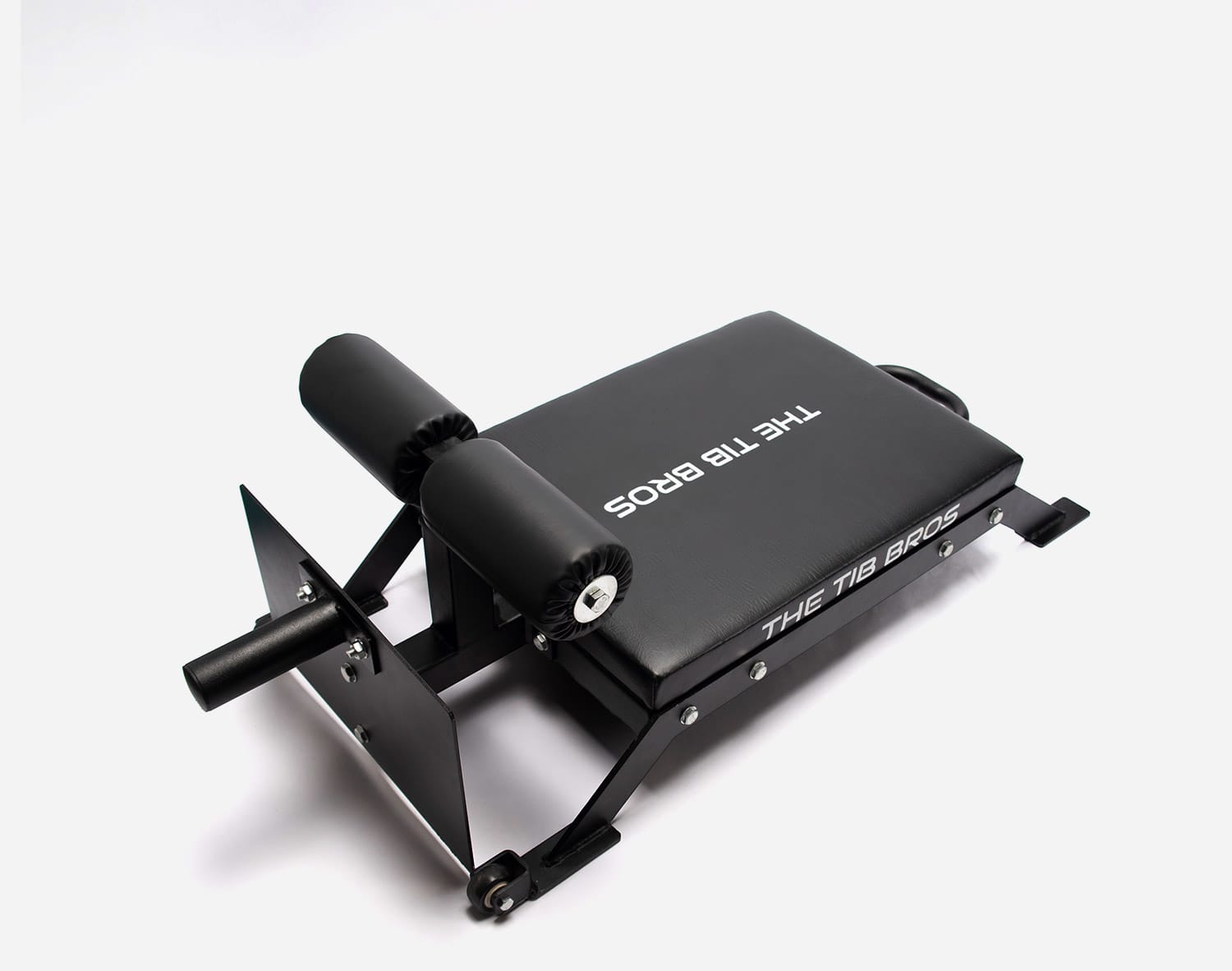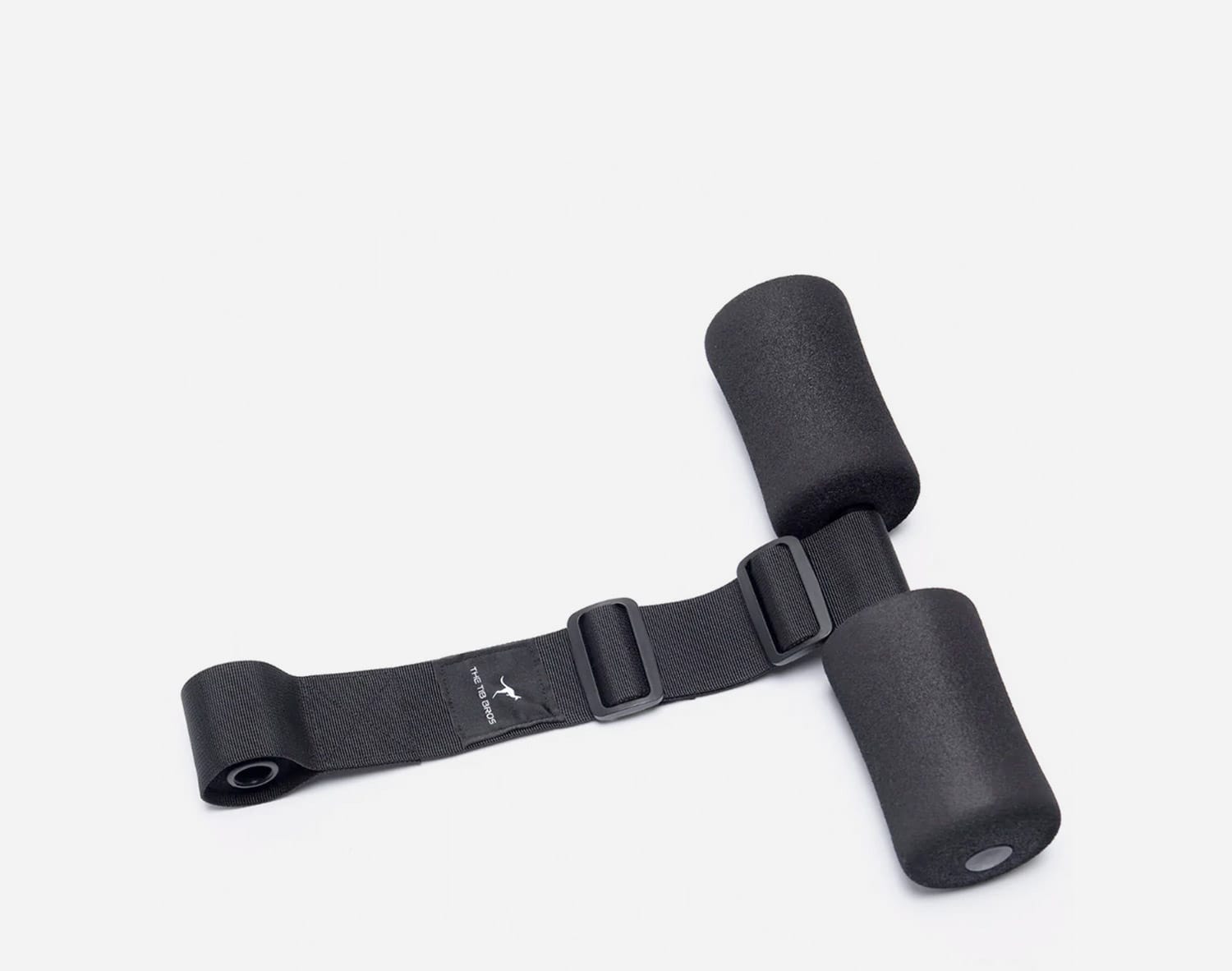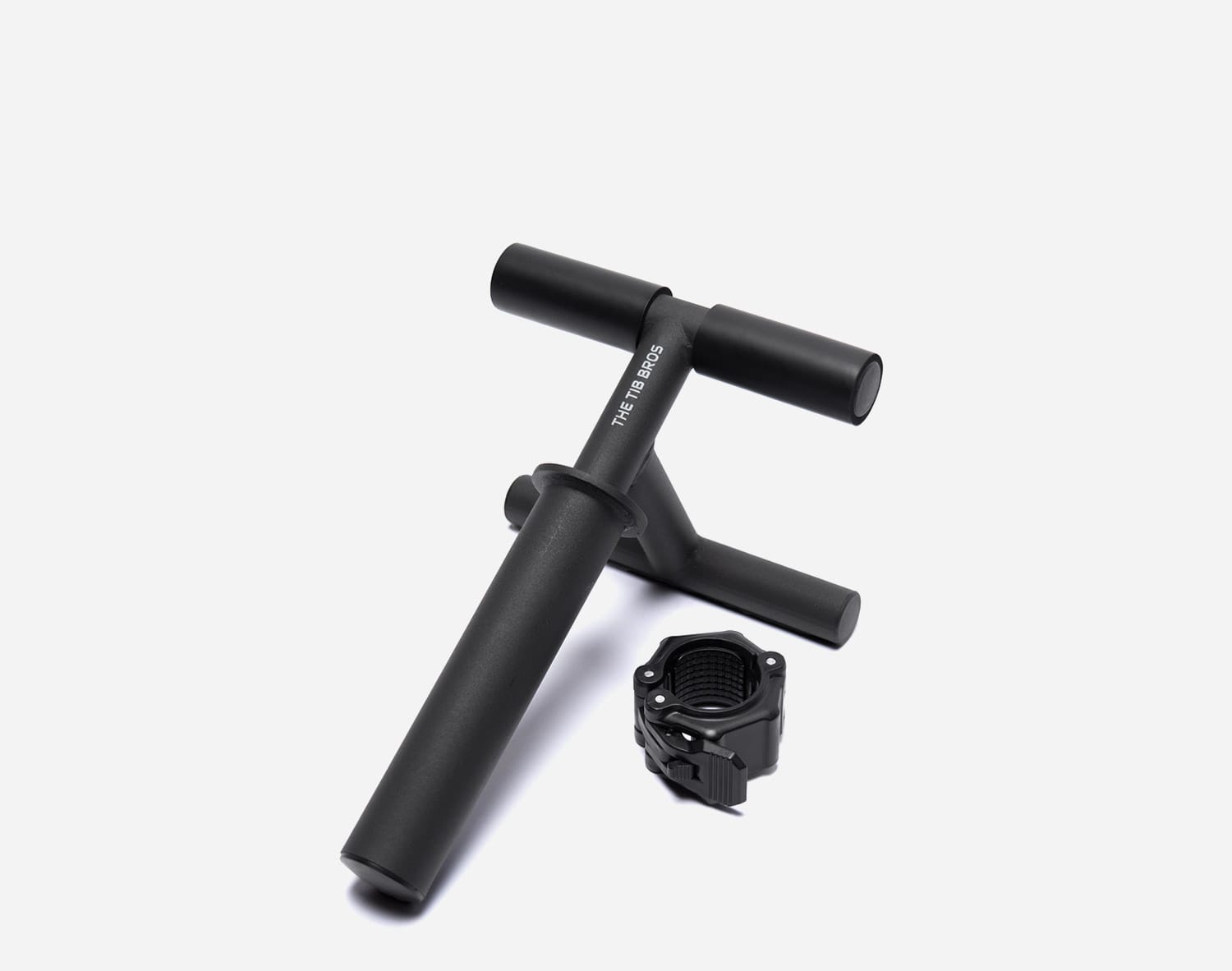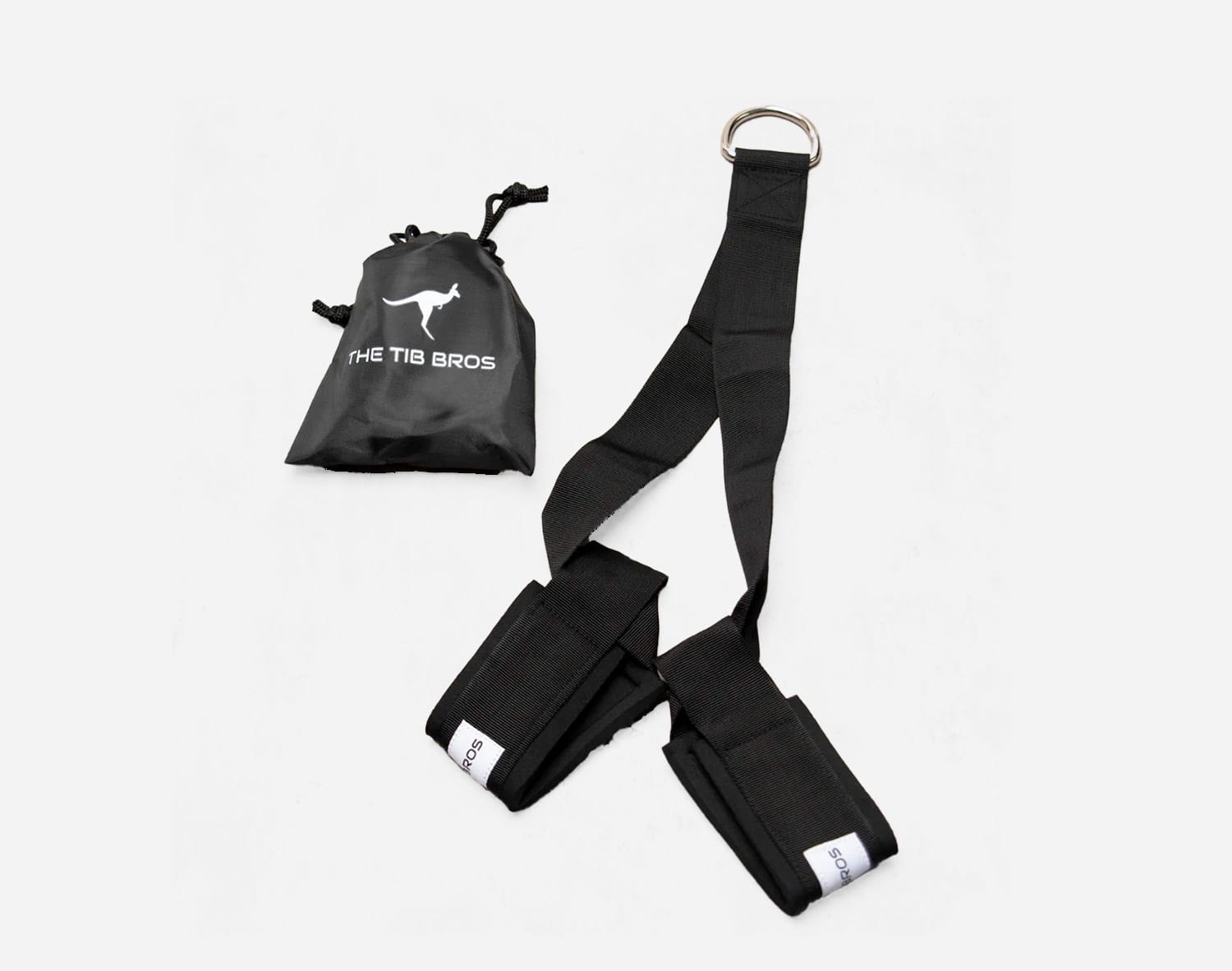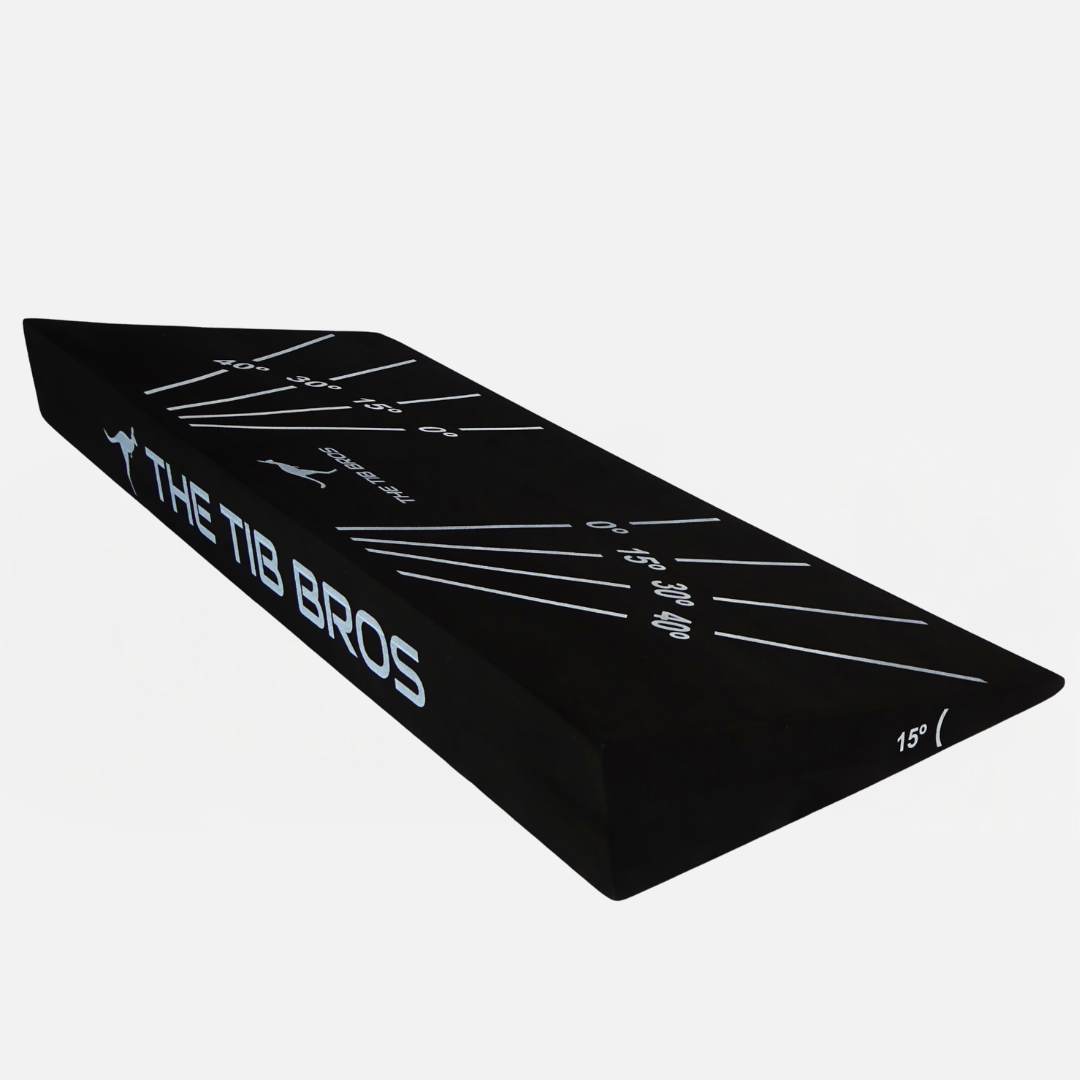How to use the Slant Board
THE BENEFITS OF THE SLANT BOARD
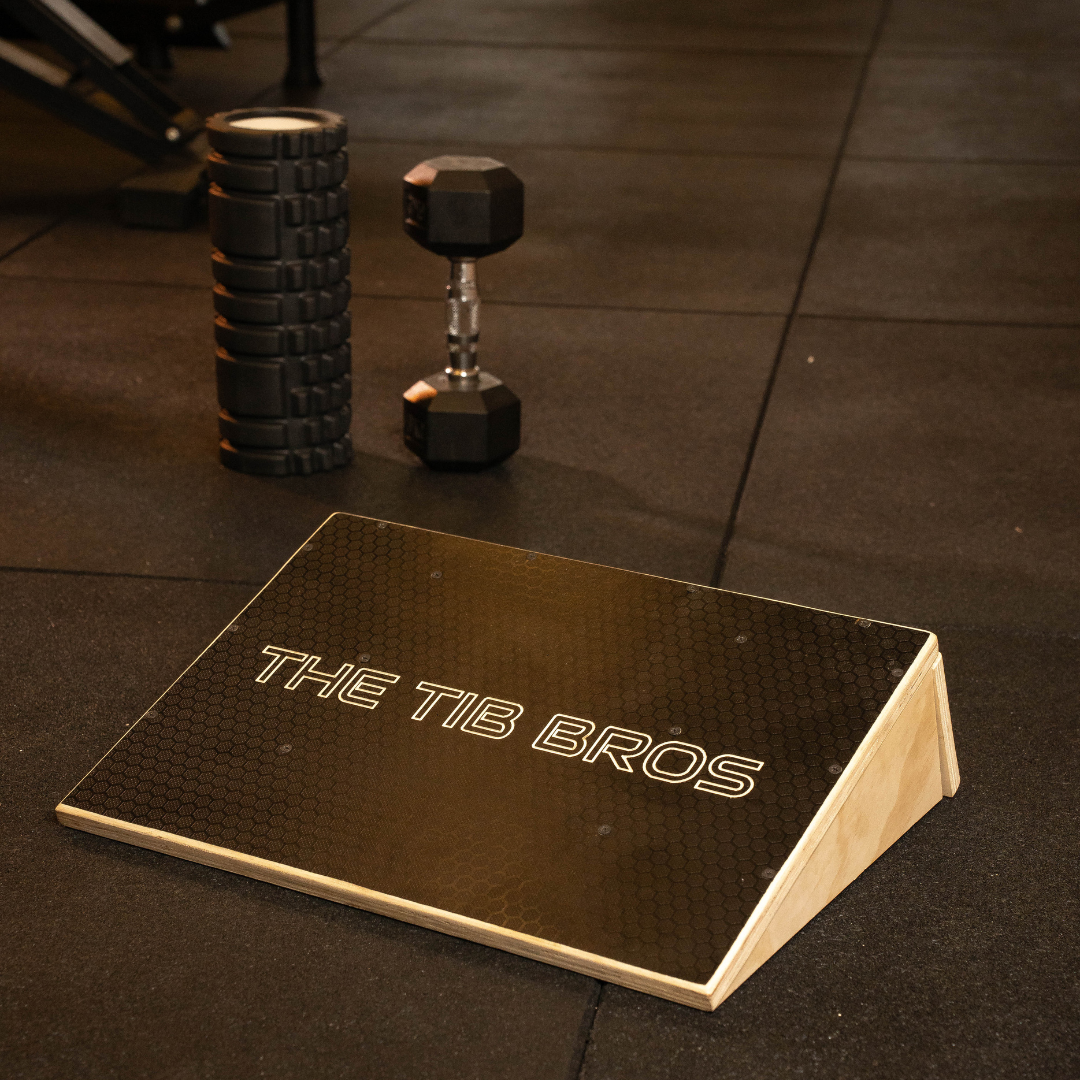
Multiple uses of the Slant Board
The Slant Board was developed for a range of exercises:
- Stretching
- Balancing
- Strength Exercises, such as loaded squats
Specific Exercises:
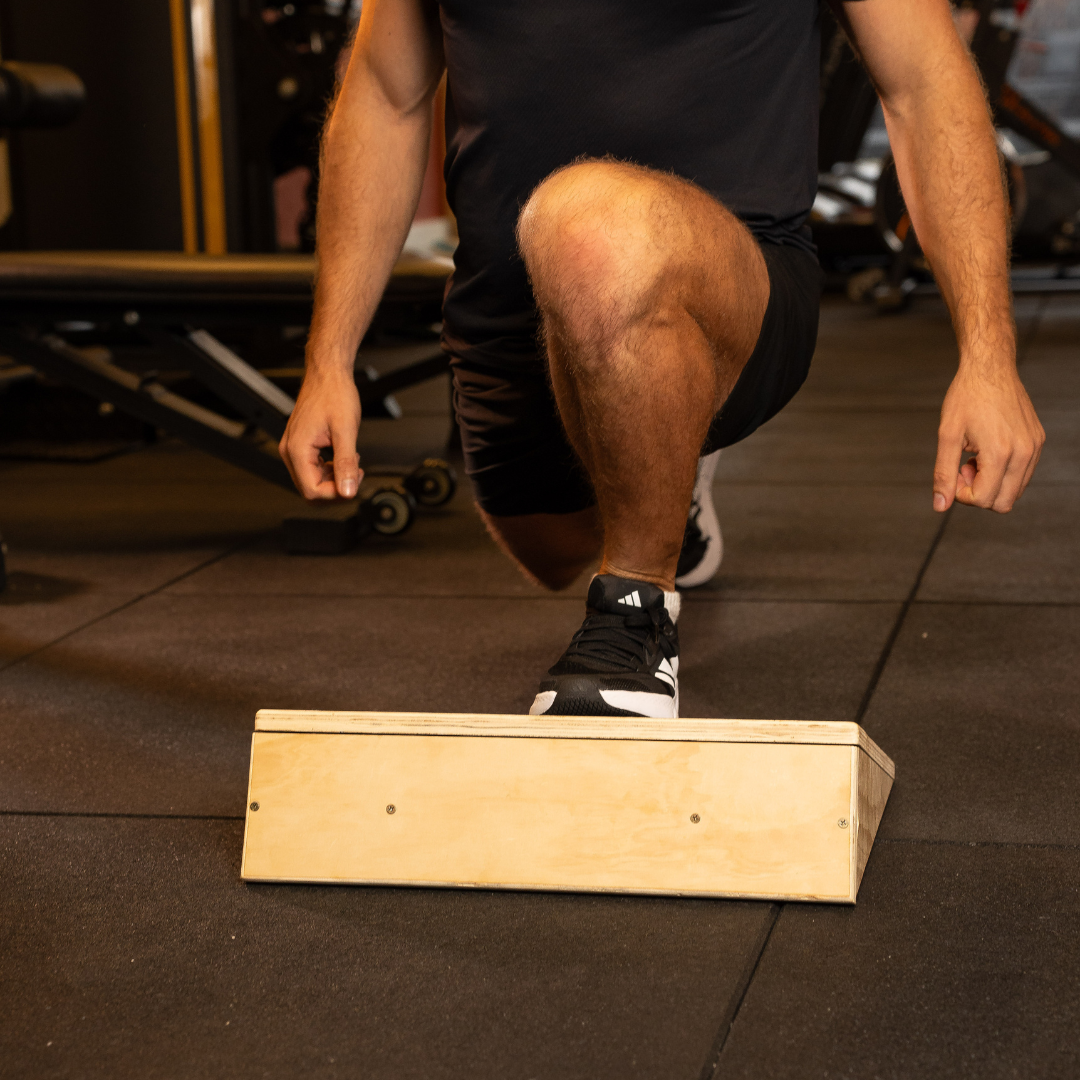
Slant Board Split Squat
- Elevating the front foot of a split squat can make the flexibility easier to get into the split squat position.
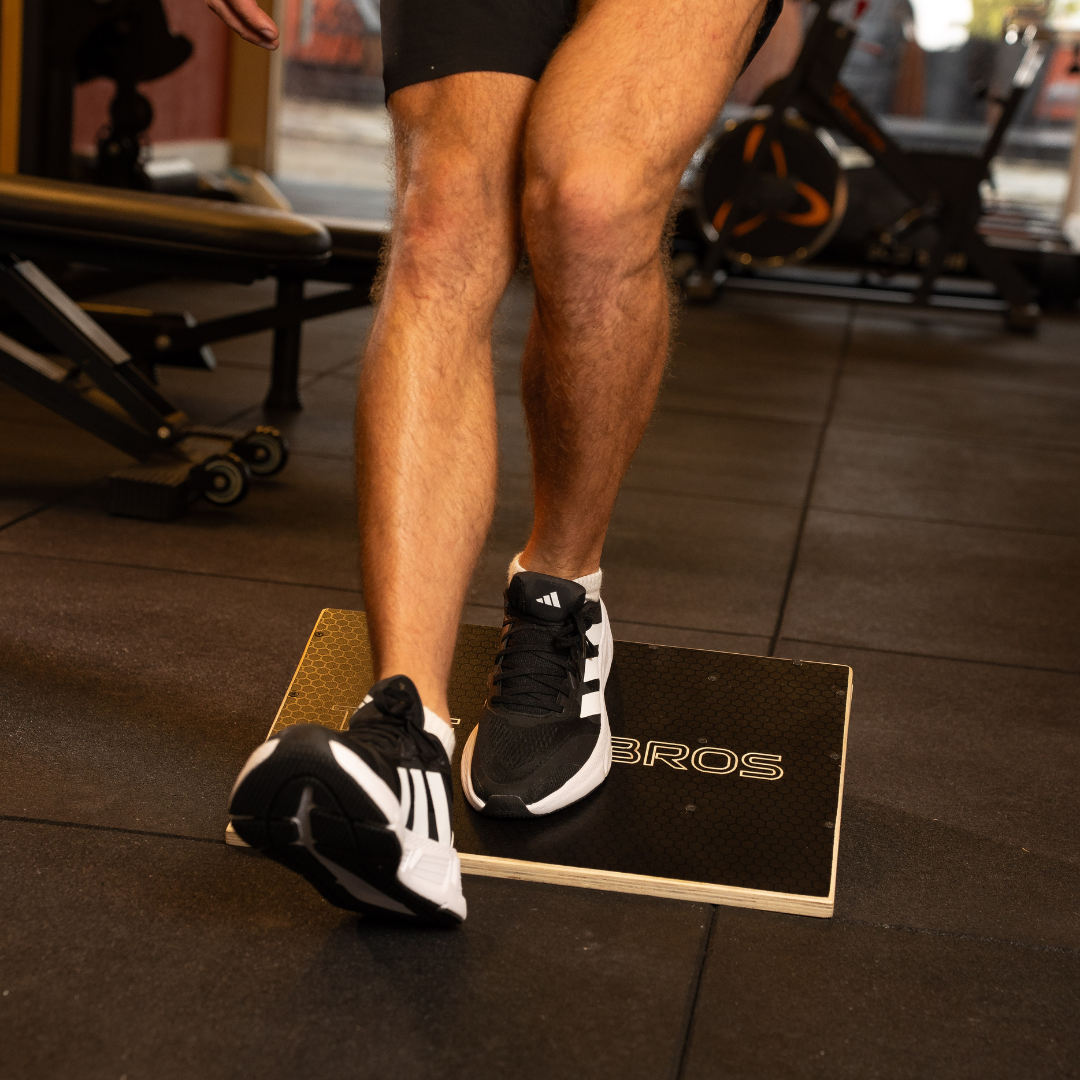
Slant Board Step Up
- Slant Board or (Poliquin Step-Ups) The Poliquin Step-Up isolates and directly targets the VMO muscle(the tear-drop shaped muscle above the knee on the inside of your quad).
- The VMO is the muscle that works to extend the knee and protects it upon contact with the ground. So more strengthen can lead to more protection.
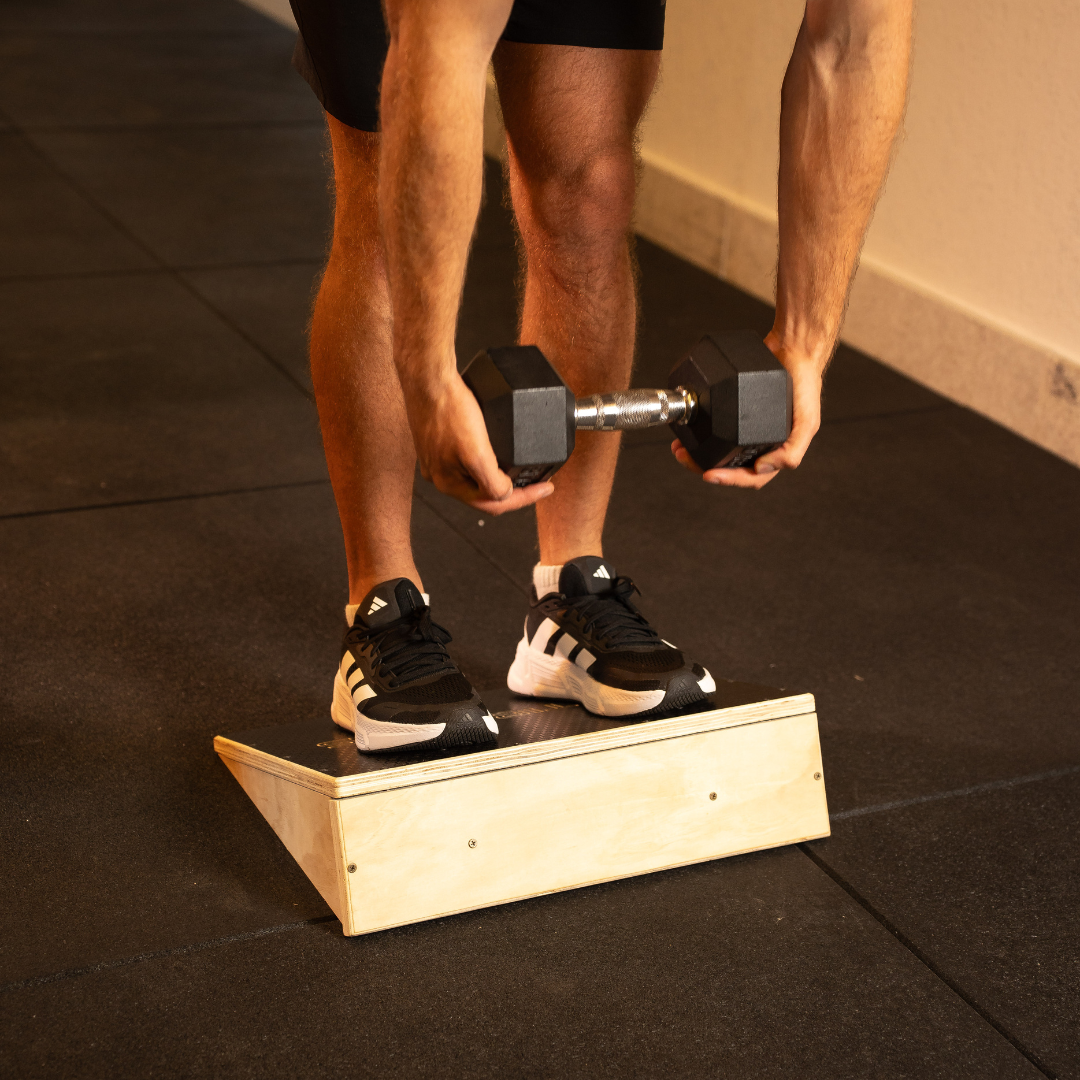
Slant Board Romanian Deadlift (RDL)
- Increases the Slant Board Romanian Deadlift range of movement by elevating the toes making more more for the weight to potentially move to.
- Intensifies the stretch and movement as the slant board will help in keeping the load away from the lower back and keeping more focus on your hamstrings.
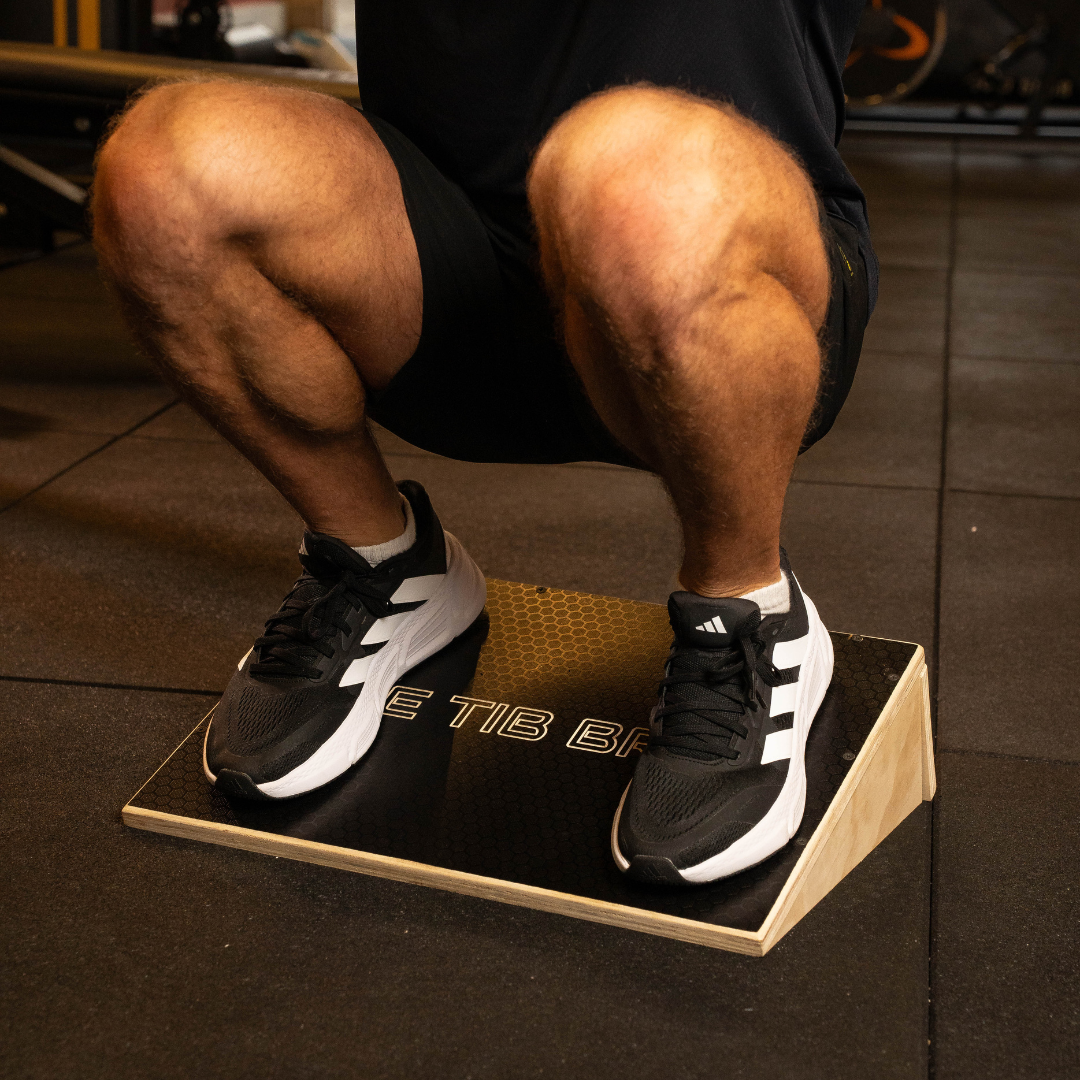
Slant Board Squat
- Improved squat form by artificially increasing ankle flexion (Knee over toe position) in turn allowing a more upright torso.
- A higher quadricep activation ( specifically - of the Rectus Femoris over a regular flat squat due to the elevated heel position.
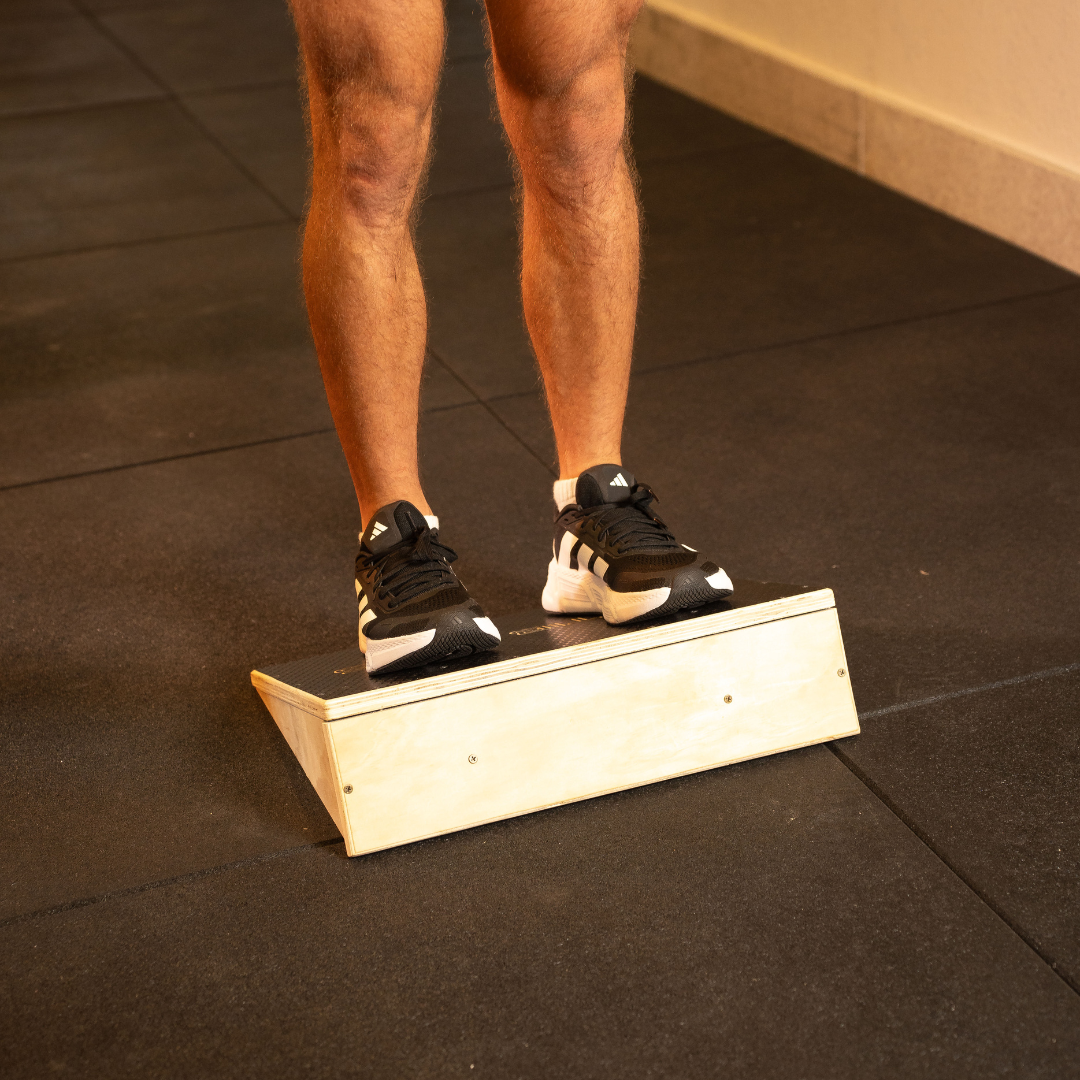
Slant Board Calf Raise
Providing an increased range of motion / deeper stretch on the slant board.
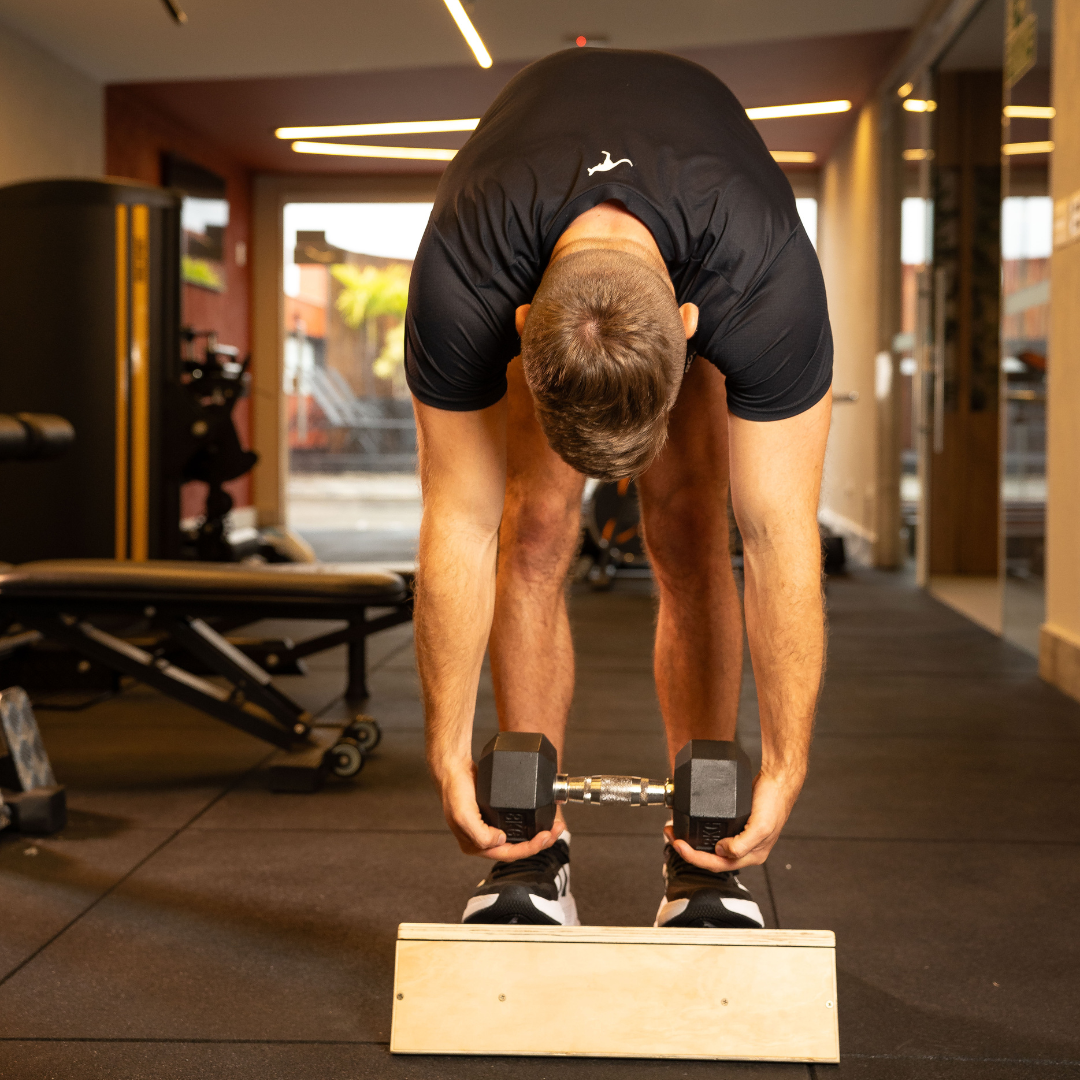
Slant Board Jefferson Curl
- A Jefferson curl takes the hamstrings to their end of range and then loads them to make the exercise more challenging.
A large range of motion is created with the incline of the board.
- By stretching and loading the spine this movement increases your spinal resilience.
(it’s best to seek the advice of a professional such as a Personal Trainer or Physiotherapist for this movement)
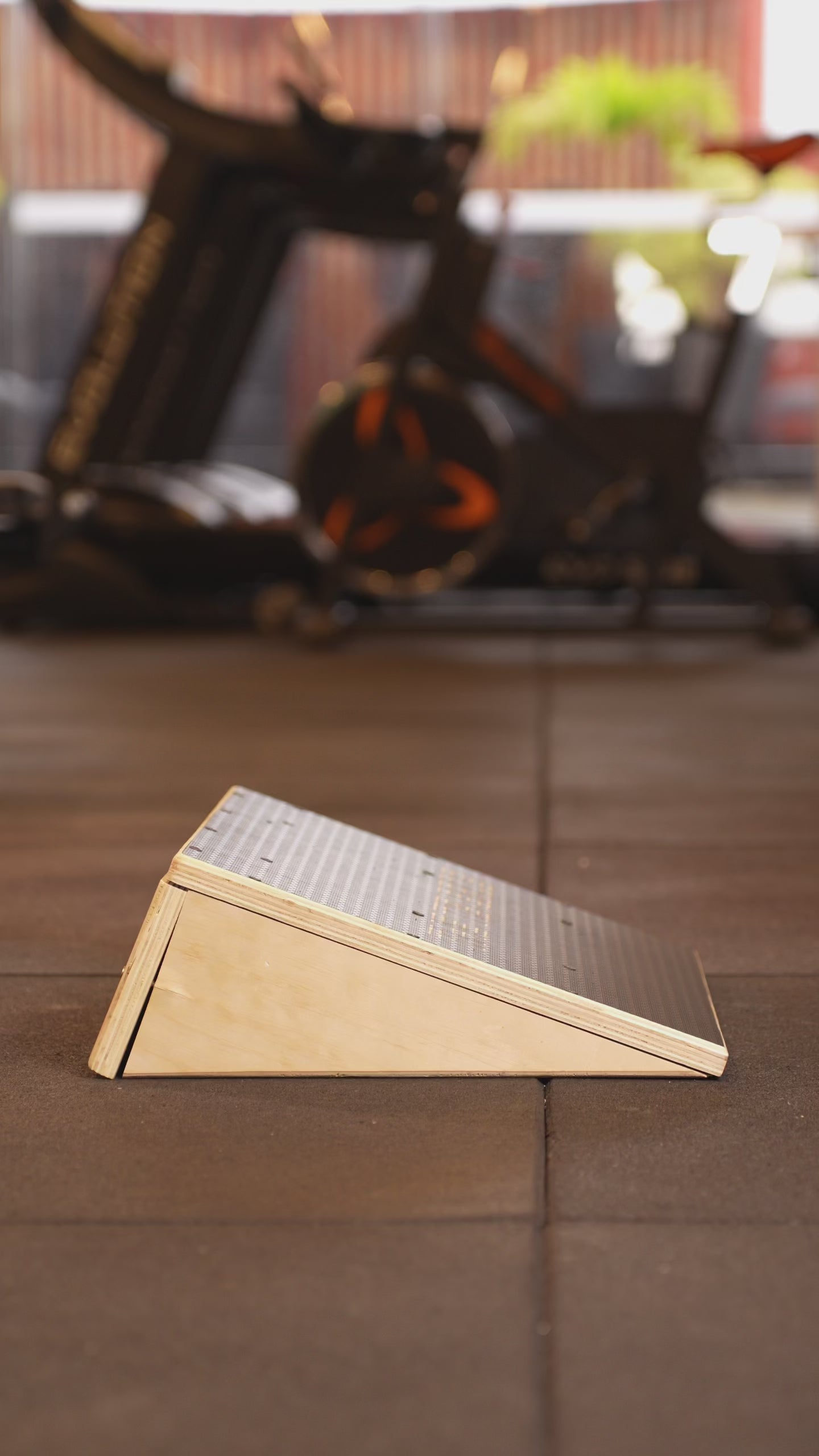
Increased strength in the Quadricep by artificially increasing Ankle flexion to isolate the Quadricep Muscle
Squat Specific Benefits:
- Improved squat form by artificially increasing ankle flexion (knee over toe position) in turn allowing a more upright torso.
- A higher quadricep activation, specifically - of the Rectus Femoris over a regular flat squat due to the elevated heel position.
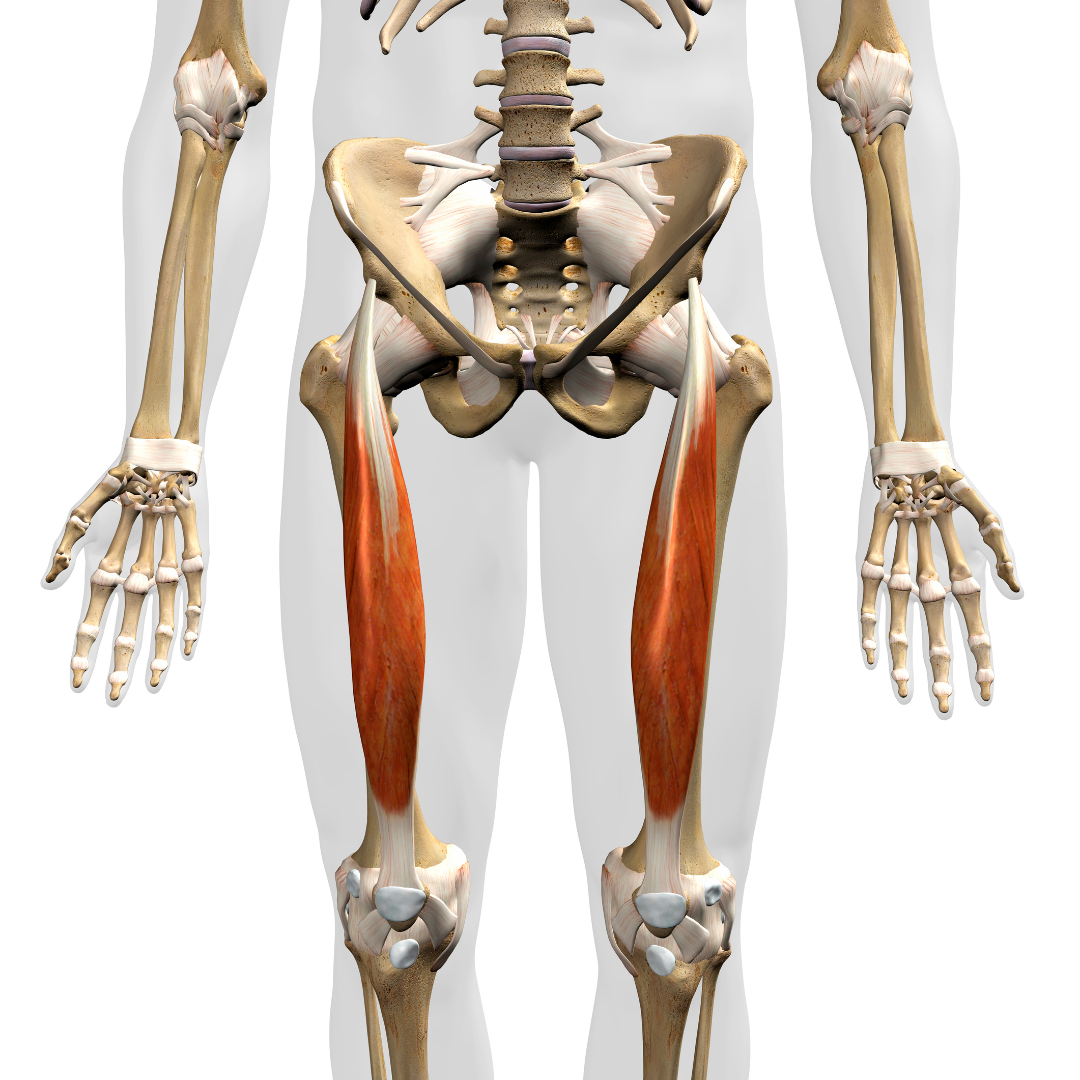
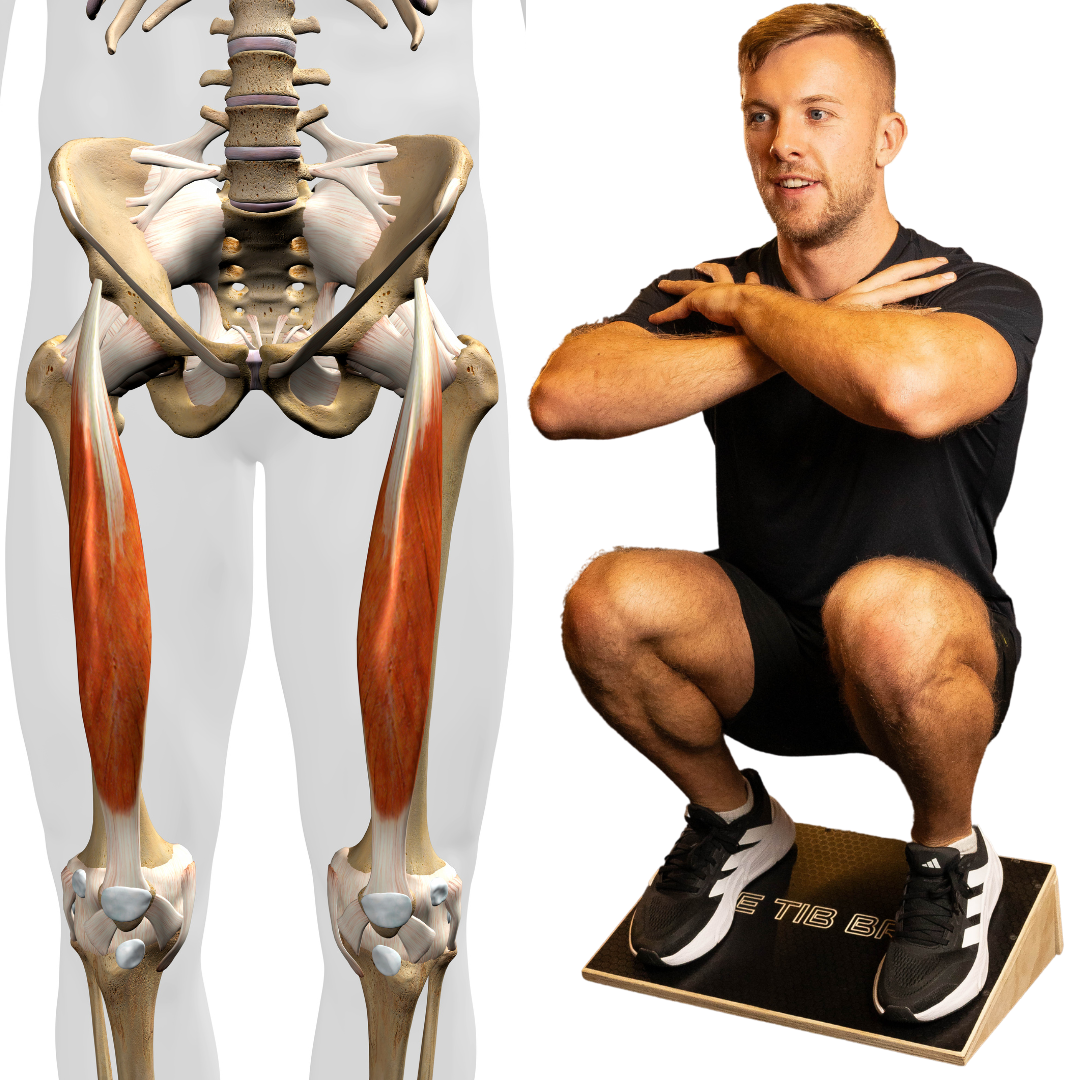
Benefits of Squatting with Elevated Heels on a Slant / Incline Board
This article focuses on the significance differences between a regular flat squat vs a Heel Elevated Squat.
